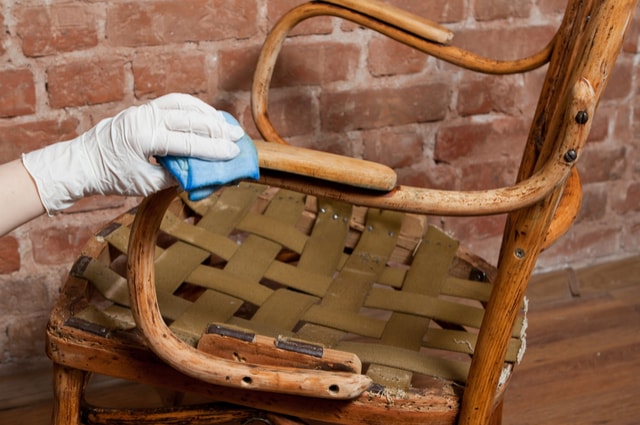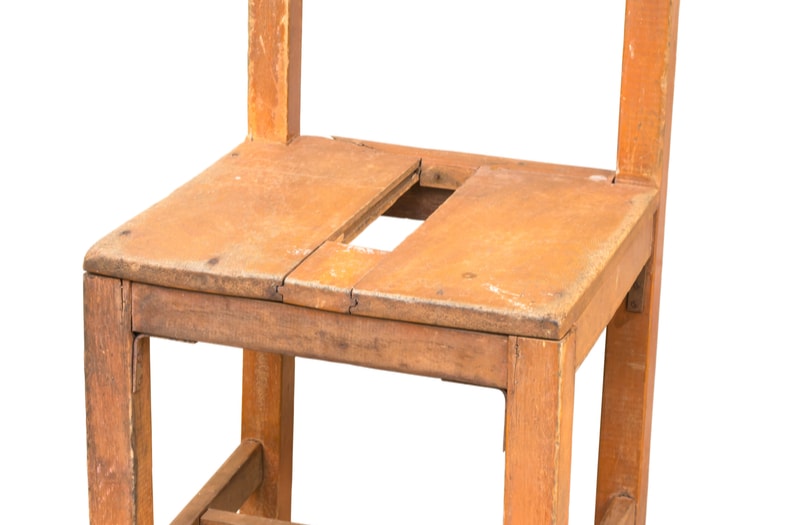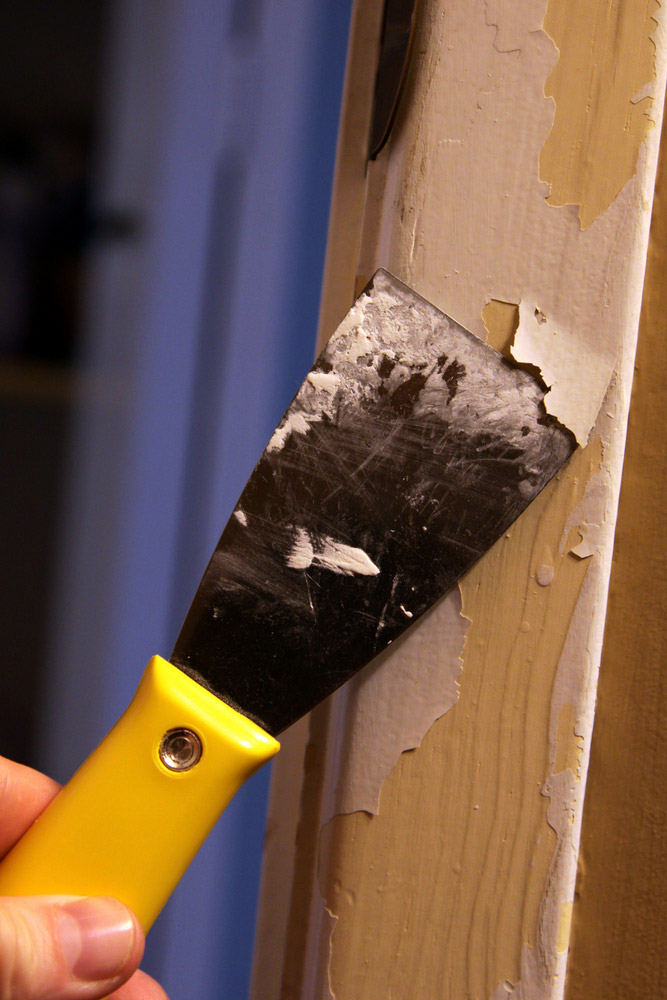Wooden furniture is an essential addition to our homes and offices. One advantage of wood furniture is the long-lasting nature; as long as the furniture is kept well, it may last for numerous decades. Continue reading “Common Signs of Damage to Wooden Furniture”
The Next Steps After Paint Stripping
Thinking Ahead
Whichever method of paint stripping may have been used to strip your wooden surface it is extremely important to prepare the surface carefully before the application of paint or varnish. It is tempting to rush ahead at this point but a few simple steps now will almost certainly guarantee a superior and longer lasting finish. Continue reading “The Next Steps After Paint Stripping”
How Does Door Dipping Work?
Door Dipping: All You Need To Know
Why Choose Dipping Over Manual Stripping?

If you have a house whose wooden doors date back to the mid-20th century or earlier, chances are they’ve been repainted several times and are starting to spot a worn appearance. One common way of restoring the original texture of the wood is by manual stripping, usually involving the use of sandpaper. Researchers have however warned of the health complications that could arise due to the manual stripping of old furniture, especially those repainted pre-1960s. Old paint is likely to contain lead. Prolonged exposure to lead has multiple negative health implications. Dipping is a safe stripping alternative to manual stripping and paintbrush stripping. At Premium Door Stripping, we use top-quality warm tanks for door and furniture stripping.
How Does Door Dipping Work? : The Process of Door Stripping at Premium Door Stripping
The dipping process takes place at our UK-based workshop. The tanks contain a caustic mixture that can detach old paint from the wood for up to 15 doors at a time within 30-45 minutes. A pressure cleaner is then used to wash off the solution alongside the now-dissociated old paint. We then let the doors dry naturally thereafter, to avoid warping and twisting.
What’s Next After Door Stripping?
There are a few care and maintenance procedures to be followed after the stripping process completes. First is the sanding process which helps revert the grainy texture of the wood caused by the dipping process. Sanding also facilitates smooth wood finishes. Also, our personnel ensures that residue material like filler is cleaned off for a visually appealing finish. However, one can opt to have their doors stay with the post-stripping look, especially if the goal is to achieve a rustic appearance.
Treatment and Finishes
Premium Door Stripping offers door treatment services where you can either choose to have your doors waxed, varnished or stained. Waxing has both a functional and aesthetic purpose, as it highlights the beautiful grainy feel of the wood material while protecting the wood from dampness. Varnishing is mostly ideal for pine wood doors as the glossy finish nicely complements the material. We recommend staining if you’re going for variety as the available wood stain colours are plenty. Finally, you can have your doors re-painted for a reinvigorated look.
Contact us Today!
If you need to bring your wooden doors back to their original glory, give us a call today on 07481 171 243 or mail us at premiumdoorstripping@gmail.com. Our agents shall offer you a price quotation and explain the procedure. We also offer fireplace restoration services.
Best Varnish Remover for Wood

Before you do a refinish of your furniture, you require an effective chemical stripping agent to help you remove the varnish. In choosing a varnish remover, the effectiveness of the stripper is an important consideration. You have to choose a chemical stripper that is quick and safe to use. It’s important to first verify if the said stripper is actually a varnish remover. This article takes you through the various options of varnish remover and how to settle on the best.
What should you consider in a Varnish Remover?
First, you have to consider the potency of the varnish remover. Strong paint strippers have an upper hand in removing thicker finishes. Secondly, you should go for a chemical stripper that is safer to use. Even though most strippers are flammable, it’s important to go for the one that has fewer dangers. Additionally, you should consider the price of the strippers. The price should coincide with the effectiveness of the stripper. Lastly, you should consider the form of the stripper. Most-effective varnish removers come in liquid and semi-paste form.
What are the Best Varnish Removers?
Before buying the varnish stripper, it’s crucial to ascertain that your furniture finish is varnish. If it’s not varnish, then there is no need for the chemical stripper as you can use ordinary caustic chemicals. To check for varnish, you should look at the finish closely. Varnish is heavy and mostly, amber colour. You can also identify brush stroke on the wood finish and these are normally absent in thin finishes. The following groups of chemical strippers are the best for varnish removal:
- Methylene Chloride Agents: These stripping chemicals are regarded as the strongest. The strippers are effective against heavy varnish coats. Varnish strippers of this category also contain other components such as caustic to neutralise their strong adverse effects. Methylene Chloride irritates the skin and the eyes. It’s recommended to wear safety gears such as the goggle’s and gloves when working with these varnish strippers.
- N-Methyl-2-Pyrrolidone (NMP) Strippers: Due to the health concerns linked to methylene chloride strippers, some manufacturers substitute methylene chloride with NMP. NMP is considered less toxic and safer to use. Even though the chemical strippers are not as strong as Methylene chloride, the stripping effects are fair. There are situations where the chemical strippers would contain portions of potent stripping chemicals such as methanol, ketone, and toluene. The agents are known to cling finely to vertical wood surfaces, thus effective in varnish removing. Maybe the only concern is that the chemicals are flammable.
- Biochemical Strippers: These are the safest strippers to use mainly because they are of plant origin. Important chemicals in these strippers include citric acid (from lemon or oranges), terpene (from pine), and lactic acid (from pulp). The advantages of these strippers are:
Conclusion
- They are eco-friendly, thus safe
- Odourless when using, thus flexible
Overall, the varnish removers are important if you want to do a refinish. Getting the right stripper is vital if you want to achieve the best results. With an effective stripper, you get value for your money as you also enjoy great varnish removal.





